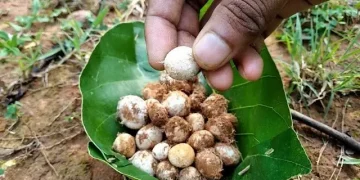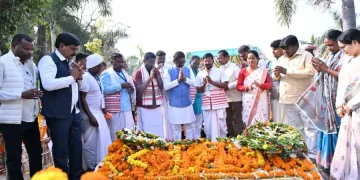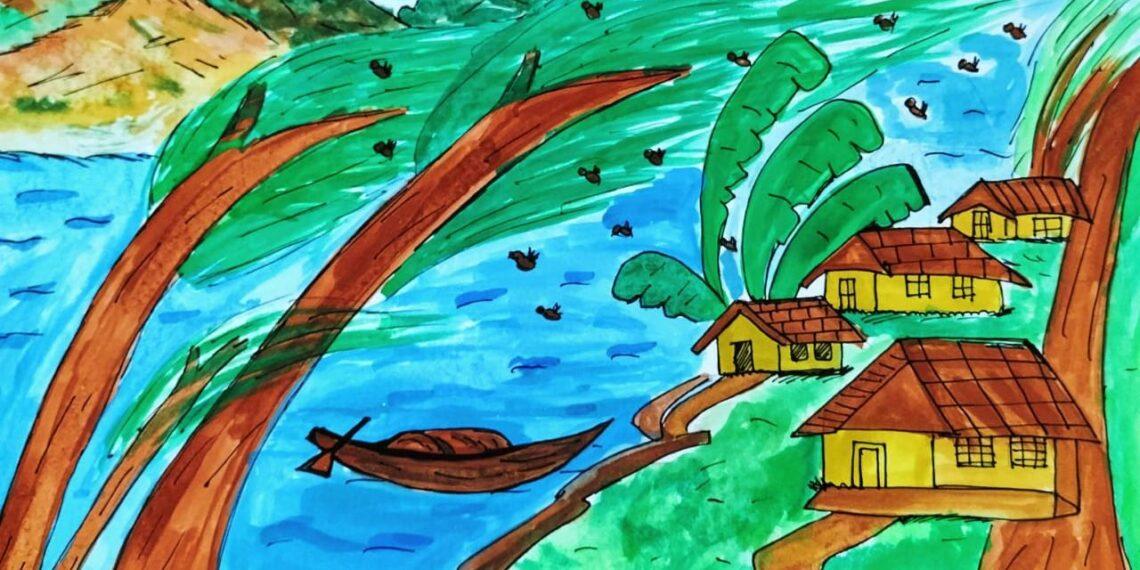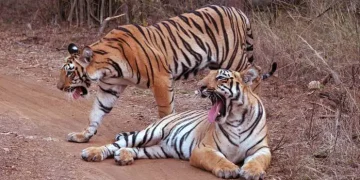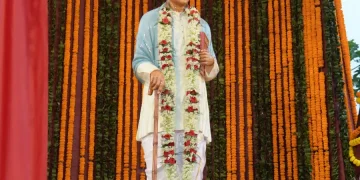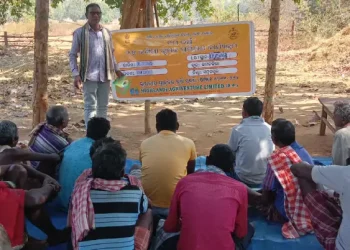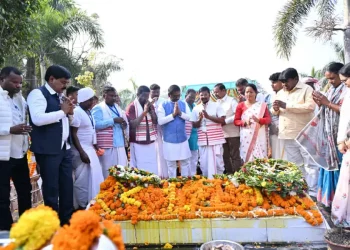Across civilisations, humans have been reading Nature’s signs to forecast the weather, harvests and even calamities.
A study in Odisha shows that indigenous ways of predicting natural disasters still regulate the lifestyle of Santhal, Bhumija, Kolha and Ganda tribal old-timers. They observe ecological changes and patterns that flag impending floods, drought or cyclones.
This enables the tribals to take precautionary measures and save lives and property, according to Society for Developmental Action (SDA), which is conducting the study in Khunta block of Mayurbhanj district.
For example, old-timers watch out for a tiny insect, locally called Ghurghuria Poka or Patanga. These portend heavy rains and floods when they fly in the opposite direction as the flow of water in the Ganga Hara and Nalua rivers. When this happens, the tribals travel to the highlands with their herds and food stock.
In Indapahi village, Jeevan Krushna Behera, treasurer at SDA, tells The Indian Tribal, “We have categorised the tribal populace in 24 villages into three age groups to study their crisis–coping traditions. The first is the 30-40 years age group. The second encompasses 40-50 year-olds, while the third focuses on the 50-plus bracket.”
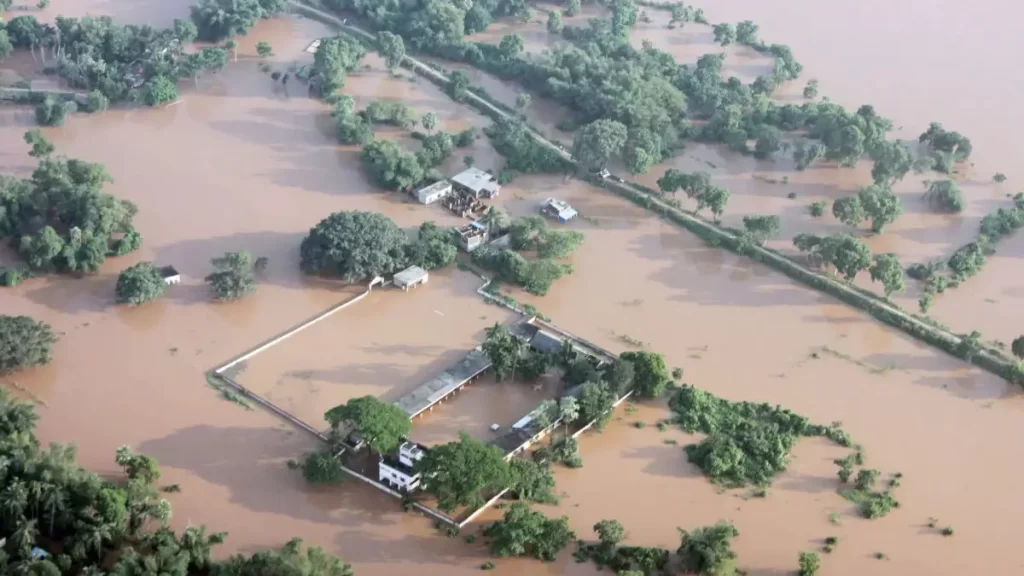
The younger generation neither practice nor believe in the elders’ ways, preferring meteorological data. The second group believes but does not practice. Those above 50 are the only ones who believe as well as indulge in the age-old indigenous practices.
One of the indigenous practices is to set afire stacks of straw to assess the possibility of drought by the direction of the flames. This is done on the night prior to Dol Purnima in Phalguna — a day that falls in March, three months after the harvest and a month and a half before the start of the next cultivation. Accordingly, the tribals then plan out when to sow seeds, Akhi Muthi.
Tribal elders can also forecast storms by observing animal behaviour. They say collective and unusual sounds by animals, or a panicked return to the shelter, can be an indication of an approaching cyclone.
“We will compile all our observations, along with facts and figures, and submit them to a panel of experts that will discern the science behind the indigenous ways of coping with crises,” says Behera.
Till then, dismissing folk wisdom entirely would be incorrect.

